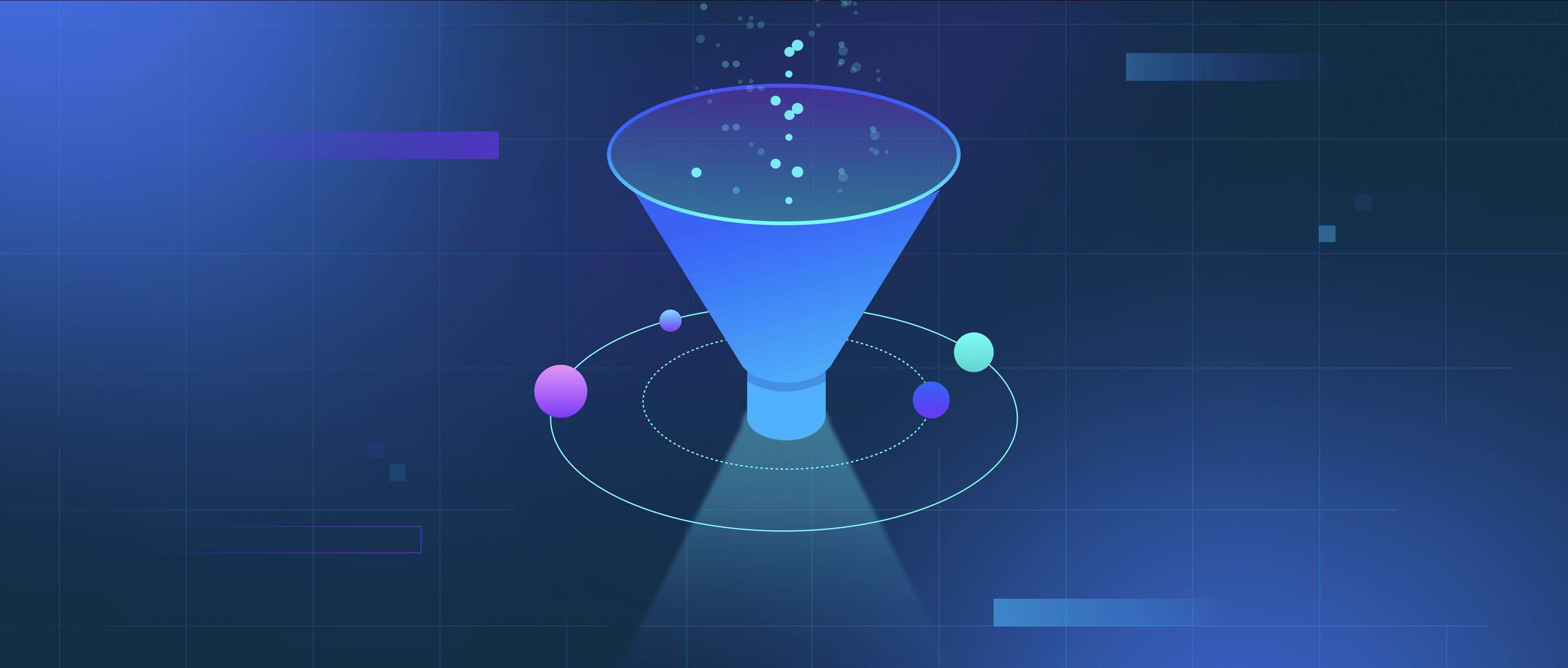Adaptive learning rates in reinforcement learning (RL) refer to the practice of adjusting the rate at which an agent learns from its experiences based on certain criteria. Unlike static learning rates, which remain constant throughout the training process, adaptive learning rates change dynamically. This allows the agent to learn more efficiently, improving its performance over time. For instance, the learning rate might be higher when the agent is exploring new strategies, allowing for faster learning, and lower when it is fine-tuning its strategy to ensure stability and convergence.
There are various methods for implementing adaptive learning rates, one common approach being the use of techniques like the Adam optimizer, which adjusts the learning rate based on the average of past gradients. This means that the more frequently a weight is updated, the smaller the learning rate for that weight becomes, which helps to stabilize the learning process. In practical terms, if an agent is consistently taking actions that lead to poor outcomes, the adaptive learning rate mechanism can reduce the step size it takes to adjust its strategy, preventing drastic changes that may destabilize learning.
This concept also extends to the tuning of hyperparameters during the training process. For instance, in a neural network-based RL agent, you might employ methods such as changing the learning rate based on the progress of the training episode or the performance on a validation set. This way, adaptive learning rates allow for more nuanced control over the learning process, potentially enabling faster convergence to optimal policies and enhancing overall performance in complex environments.
